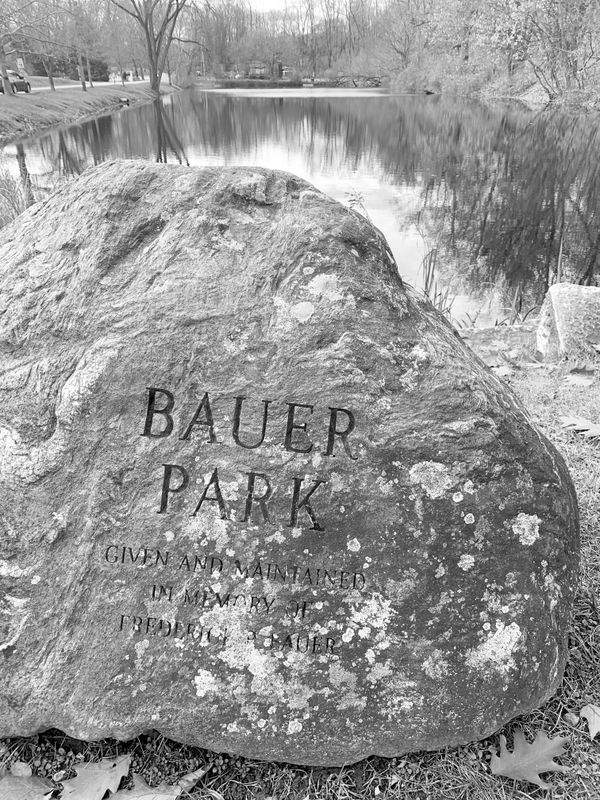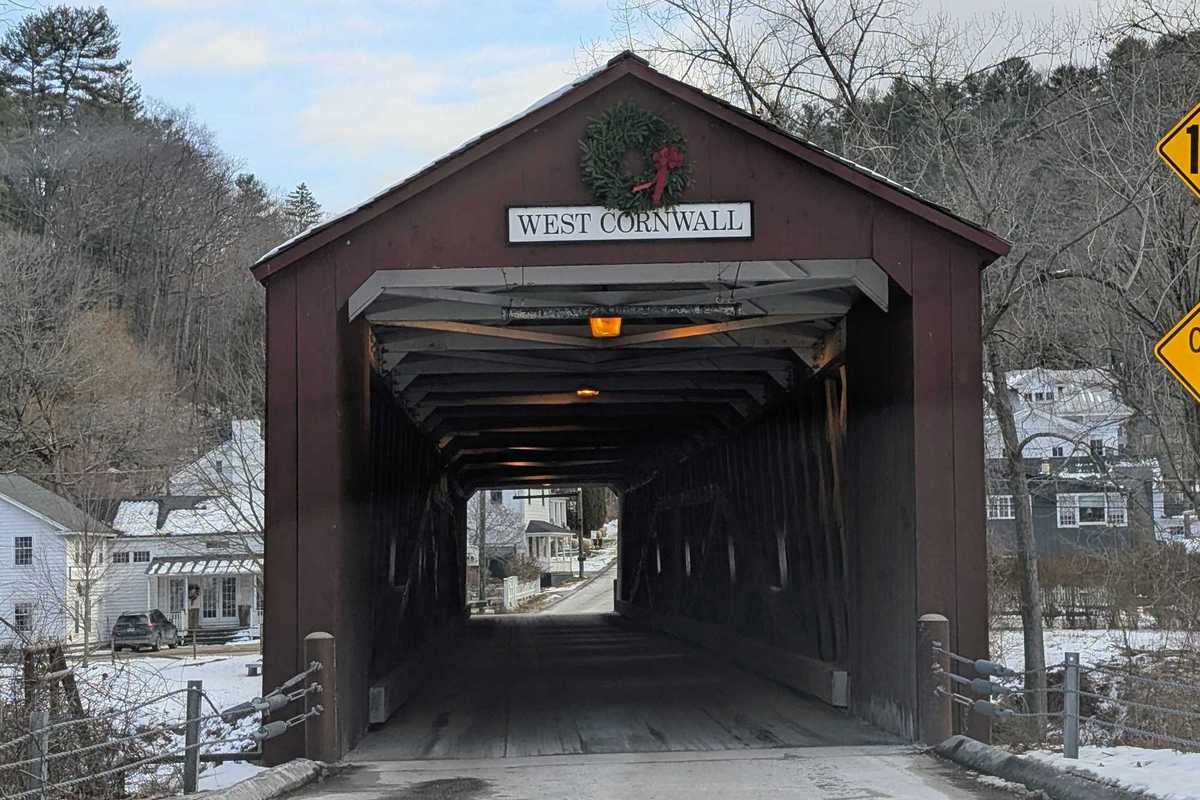Ever wonder why settlers chose to name a lake Wononscopomuc? Or where is the Academy on Academy Street? The Factory on Factory Street?
The mystery of why places around us are called what they are, can be solved by a visit to the upcoming “What’s in a Name” exhibit by the Salisbury Association. Members of the Association’s Historical Society Committee spent months delving into centuries of town records, newspaper accounts, early histories, journals and oral legends to discover the history behind names of local streets, natural sites and buildings we pass every day.
The exhibit will explore origin stories, both fact and fiction. Take, for instance, the name of our town. In 1803, a Congregational minister floated a rumor that the town had been named for a
“Mr. Salisbury” whose unsavory history included the murder of a servant girl. You’ll be glad to know this was discredited on the 100th anniversary of the first town meeting by a judge who confirmed that “Salisbury” was borrowed from a cathedral town of the same name in England.
In researching street names, exhibit organizers discovered that few street signs existed until well into the twentieth century. Around 1930, Bill Barnett, later longtime First Selectman, spearheaded a campaign to raise money to erect signs labeling streets. The original signs were wooden and eventually replaced by the green and white metal signs we see today. Such as the one for “The Lock Up” just east of Town Hall, which refers to a small brick jailhouse that was torn down in 1939, no longer needed once the state police barracks opened in Canaan.
Factory Street was the site of manufactories including a grist mill, a sawmill, trip hammer forge, the Salisbury Cutlery Handle Co. and the Washinee Woolen Company. Farnum Road was named for the town’s first postmaster Peter Farnum. The Wells family settled in Lakeville in the 1700s; the road named for them runs through the land they once farmed. A branch of that family also raised Morgan horses and built a quarter mile harness racing track on what later became Racetrack Road.
And what about Lake Wononscopomuc? The name is believed to have come from a Mohican term meaning rocks at the bend of the lake. The names for Twin Lakes are thought to be Mohican names, too. West Twin Lake is called Washinee which is Mohican for smiling water. East Twin Lake is Washining, laughing water.
The exhibit will run from July 25 to September 23 at the Academy Building in Salisbury on the corner of Main and Academy Streets. There’s an interesting story behind that name, too. The brick building was erected in 1833 when a committee of local citizens raised $1,250 to build a school. Tuition at Salisbury Academy was $3 per eleven-week term for English studies, $4 for per term for Classics. After the school ceased operations, the building served as a meeting house and then as a courthouse. The spiral stairs were installed to give the judge a quick exit from the courtroom. The building became home to the Salisbury Association in 1991.
Helen Klein Ross is a writer who lives in Lakeville. She is a member of the Board of Trustees of the Salisbury Association.





 John Satre, 1927Photo provided
John Satre, 1927Photo provided Ottar Satre, 1931Photo provided
Ottar Satre, 1931Photo provided Magnus Satre, 1932Photo provided
Magnus Satre, 1932Photo provided






Dugway Road: What’s in a Name?